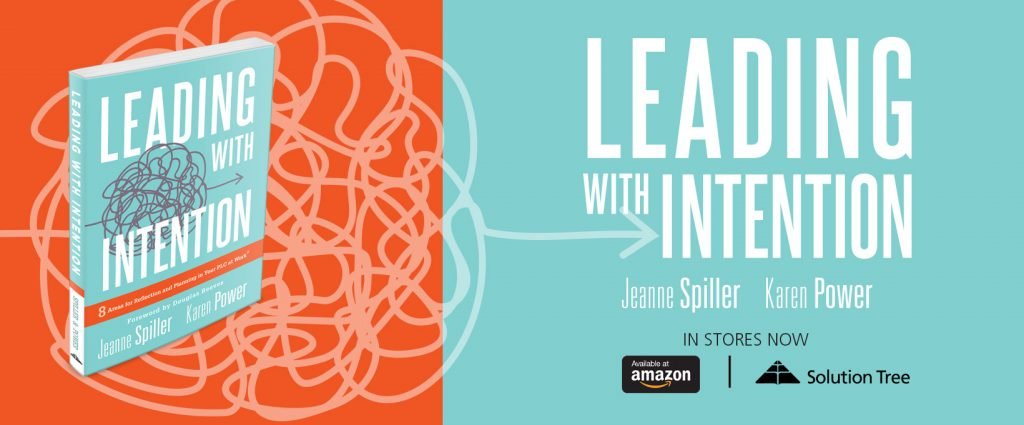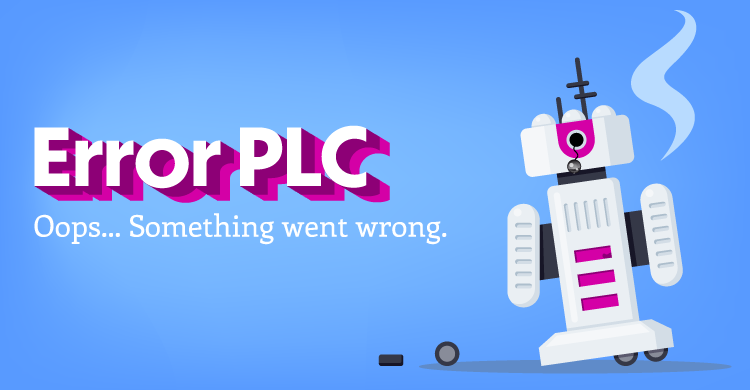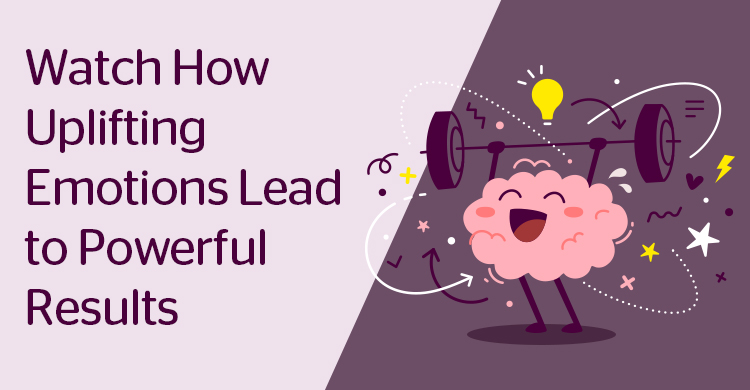Schools and districts throughout the world claim to embrace the professional learning community process. Unfortunately, a term that is often used to describe some schools and districts is “PLC lite.” How can a school or district buy in to the process but not get the results? If you follow the steps, creating collaborative teams, answering the four critical questions, and accepting the three big ideas of PLCs, are you not guaranteed results? Why do PLCs sometimes not work? This is the question recently asked by a principal who was doing the work but not seeing the results.
Seeing an iceberg for the first time creates a sense of amazement and wonder. Knowing that only about 12 percent of the iceberg is showing above water gives one pause. What is seen on the surface is a very small part of what is actually happening and is created by nature.
The same can be said about professional learning communities. When one listens to a discussion or looks at an agenda of a collaborative team, the image created can be similar to the iceberg; on the surface, everything seems okay. It is only with a deeper look that the cracks and crevices appear.
A few of these PLC cracks include:
-
A marginal focus on the student
The reason that teachers collaborate and implement the professional learning community process is to meet the needs of every student. At the end of the day, the actions taken by the team have to be in response to what they know the students need. The work has to be about each student—student by student, skill by skill. Team discussions must get to the root cause of student needs and go deep enough so that the crevices can be filled.
Listening to a collaborative team discuss their common formative assessment data can be an indicator of how determined the teachers are to deepen their practice. The conversations should not stop until the team clearly understands what the students can or cannot do and the team has made plans to address these needs.
In a PLC culture that is working, the actions of the adults are in direct relationship to the identified needs of the students.
-
Not understanding of the importance of time in student learning
In the anthology It’s About Time (Solution Tree Press, 2014), editors Mike Mattos and Austin Buffum create a sense of urgency with the use of time to meet the needs of students, and each chapter provides an example of how a successful PLC used time effectively for instruction and intervention. Two universal truths are shared: every student does not learn the same way, and every student does not develop at the same speed. The focus of this book is to deepen understanding on how educators can use time to effectively impact learning. It is about making time a variable in this equation:
Instruction + Time = Learning
Learning cannot be the variable that changes. Learning must be the fixed asset, and instruction and time are adjusted in districts, schools, and classrooms to meet the needs of students. How leaders and teachers see the use of time as a way to respond to how a student learns and needs will go a long way in fixing this crack in the iceberg (and creating a more impactful PLC process).
-
Collective commitments, norms, and a vision in writing only
A great litmus test for this is examining the alignment of the daily actions and conversations of school and district leaders and teachers to what is written as collective statements. Are there collective commitments that are action/behavior statements or just beliefs? Does a collaborative team have norms that challenge and create community to a common purpose? Is there a vision that describes how people work together to meet the needs of students? When was the last time collective commitments were discussed? Do these pieces of paper take flight and become “just how we work here”? Or are they words only?
To truly see the entire iceberg, everyday adult actions have to align to planned or stated intentions.
-
Going “lite” on the four critical questions of the PLC process
Lastly, the professional learning community process sometimes does not work because collaborative teams, despite their efforts, do not dig deep enough in answering the four critical questions of the PLC work. The four questions educators are asked to collaborate around are:
- What do we want students to know and be able to do?
- How will we know if they are learning?
- What will we do if they do not learn?
- What will we do to extend the learning for those students who already know the work?
On the surface, collaborative teams work with these four questions to clarify their essential learnings, create common formative assessments, look at the data from the assessments, and sometimes plan extensions for students who are already proficient.
Unfortunately, the depth of the discussions—especially around what the adults will do based on the evidence from the data—only scratches the surface. The top of the iceberg is all that is seen, and the needs of the students are not driving the work of the adults as required.
A great tool to use to deepen these conversations can be found in the free reproducible Figure 3.4: Guiding Questions for Leaders and Teams from the book Leading With Intention (Spiller and Power, Solution Tree Press, 2019).
As the conversation continued with the principal who asked the question, “Why does the PLC process sometimes not work?”, self-reflection became important. This collaborative, collective focus on meeting the needs of students requires strong leadership. Being able to build common understanding of the “why” of the work; guiding practices that demonstrate the “how” of the work; and ensuring that a culture that is focused on learning, collaboration, and results is developed is the responsibility of leaders of the PLC process.
The assumption cannot be made that “I told them to collaborate” or “I showed them once how to do it” will bring success. Reading the books, going to conferences, and even hiring a PLC coach are great ideas. However, the real difference is made when the student is the center of all learning discussions, time is used as a tool to support what has to happen, and “student by student, skill by skill” is the expected focus. Leaders who clarify the “tights”—the absolute nonnegotiables—and ensure that student learning is at the top of the list will have much more opportunity to become a successful PLC. That is when we start to see the rest of the iceberg.
References:
Buffum, A., & Mattos, M. (eds.). (2014). It’s about time: Planning interventions and extensions in secondary school. Bloomington, IN: Solution Tree Press.
Spiller, J., & Power, K. (2018) Leading with intention: Eight areas for reflection and planning in your PLC at WorkⓇ. Bloomington, IN: Solution Tree Press.[author_bio id=”195″]






